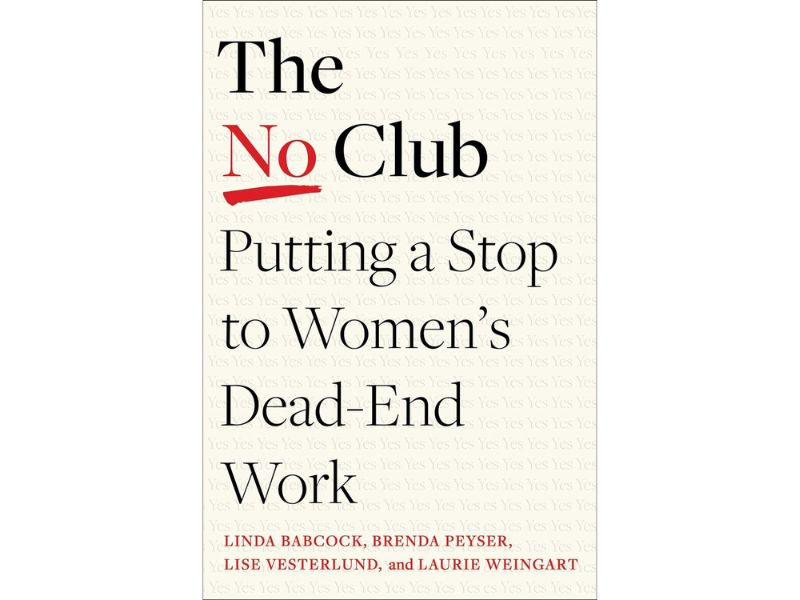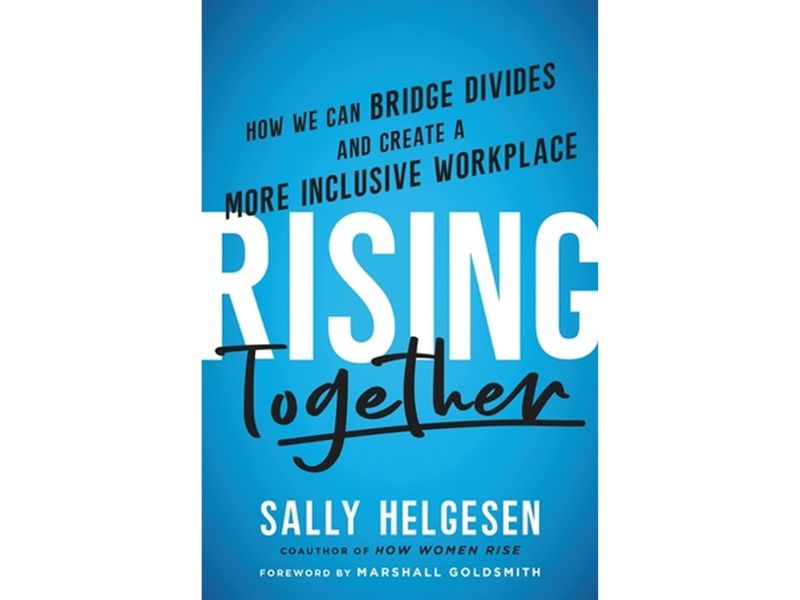
Article by Alaska May, Chief People Officer at Ontinue
Allyship was named word of the year for 2021 by Dictionary.com after the term skyrocketed in search terms over the course of the year.
The site defines allyship as “a person who advocates and actively works for the inclusion of a marginalised or politicised group in all areas of society, not as a member of that group but in solidarity with its struggle and point of view and under its leadership.”
Fast forward to 2023, and the term has become ubiquitous as more and more people want to advocate for change. Indeed, we hear a lot about what it means to be an ally and how allyship can help overcome systems of oppression. What we hear less of, however, is what being an ally actually means in action, particularly in a work environment.
There has been an increased focus on diversity, equity and inclusion within companies over the last few years as the impact of social justice movements like Black Lives Matter and #MeToo have had a lasting effect. According to a survey by Glassdoor, 67% of job seekers consider workplace diversity an important factor when considering employment opportunities, and more than 50% of current employees want their workplace to do more to increase diversity.
This means that fostering a diverse and inclusive workplace is crucial to attracting and retaining vibrant, skilled candidates and positioning the business for success. But here’s the kicker, and what many companies get wrong – drive inclusivity first and diversity will follow.
Being diverse doesn’t mean you’re inclusive, but a sense of allyship within an organisation is central to inclusivity. As Sheree Atcheson, multi-award-winning global diversity and inclusion leader, wrote for Forbes, “An ally is any person that actively promotes and aspires to advance the culture of inclusion through intentional, positive and conscious efforts.” Before you can think about changing the day-to-day experiences of certain employees, you need to change the culture of the workplace as a whole. Create an understanding of what allyship looks like in practice, and weave that into the organisation’s fabric.
Education, empathy and understanding are vital for engagement
One of the best ways to do this is through education – not just a one-off PowerPoint presentation, but through a continuous programme that makes up part of a longer-term strategy and operates on several levels.
Within this, macro topics such as education around unconscious bias, the histories of systemic inequity and experiences of different marginalised groups, dynamics of privilege, microaggressions and cultural appropriation can and should be explored.
And while the ultimate goal is to drive both diversity and inclusion, you can’t drive either one unless you build an appreciation and understanding amongst your employees for the experiences of colleagues that vary from their own.
What’s key is to educate your workforce on what allyship is in its most basic form: why should they support it? Encourage them to consider what it means to them and how they can make minority colleagues feel supported, included, and like they share the same opportunities as those with different privileges.
It should also be clear that allyship doesn’t just involve advocating for one specific group or community; you can be an ally to several marginalised groups at a time, from different racial and ethnic groups, LGBTQ+ identities, people with disabilities or neurodivergence – any individuals for whom society has created barriers based on their identity.
Make your organisation a safe space
Creating safe spaces for employees to ask intelligent, respectful and inquisitive questions without repercussion is crucial. Setting up workshops inviting people to ask questions they might otherwise be too afraid to ask can help combat disengagement. Too often, fear is one of the greatest barriers preventing people from connecting with these issues.
Diversity and inclusion can be a sensitive topic at work, particularly when not everyone is confident or literate in the language used around it. Here, a series of communications around the different terms used when discussing matters can work well to alleviate any uncertainty. In addition, what we find works well is to use specific examples when talking about how we can improve the experience for our diverse colleagues. For example, ‘What can we do about X?’ rather than outwardly talking about discrimination, which can at times make people feel defensive.
With that said, taking accountability and being open to criticism is central to authentic allyship and should definitely be highlighted. Being an ally is an action and a process of learning. It’s reflexive and dynamic, which is why creating the space, motivation and desire to engage is important.
Emotional labour, engagement and the role of an ally
A common mistake amongst organisations is asking minority employees to take on the role of the educator, regardless of their desire or even qualification to do so, not realising that what they’re asking them to do can be considered emotional labour and for many is taxing.
One of the benefits of building a workforce of committed allies is removing the burden from those individuals. An ally, who is passionate, empathetic and motivated can help support education internally and drive change towards more equity.
Don’t rely on leadership only to set the standards
The buy-in of leadership and senior management is essential in implementing any plan to boost DEI efforts, not least in terms of allocating budget, and calendar time and holding the power to amend existing policies. But with that said, diversity, equity and inclusion belong to every employee, from the bottom to the top.
Provided you’ve educated your workforce well enough to get them engaged and passionate about becoming an ally, the role of leadership should really be to only sponsor, endorse and encourage a culture of allyship amongst its staff.
Often in companies where leadership is the only source of guidance on DEI practices, employees become too used to looking ‘upwards,’ when in reality the support of every employee is required for organisational culture to embrace allyship and take charge of their own education around these subjects. It’s vital that staff feel empowered and motivated to make change off their own backs, rather than because they’ve been instructed by senior management.
Finally, understanding the business need for allyship and inclusivity should be your last port of call. An example in action might include trying not to speak in German if you’re in a Swiss office but there are 33 other nationalities working within the same environment. Allyship is a valuable asset and skillset in itself, and every employee should be a recruiter for diverse talent.
All in all, what it comes down to is educating your workforce enough on allyship so that they ‘get it.’ Strip it down to its most basic form, showcase vulnerability and you’re on your way to fostering a workplace culture that appreciates the richness that people from different cultures and backgrounds bring.








